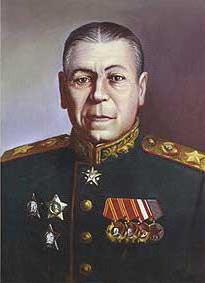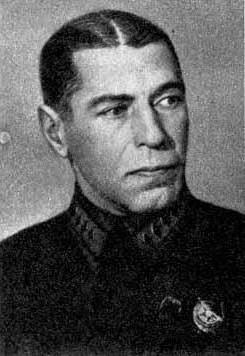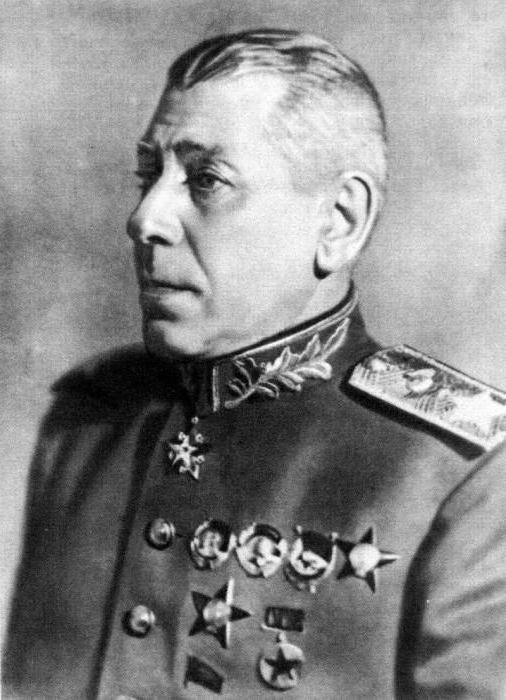Marshal Shaposhnikov is one of the most famous figures of the Soviet Union and an outstanding commander. He devoted almost his entire life to military craft. He served the motherland from his youth and died while remaining in office. Having gone from a trench to an office, Boris left behind unique works that are still relevant and are applied to modern armed forces.
Biography of Marshal Shaposhnikov
Boris was born in 1882. His mother was a teacher in high school, and his father was a professional military man. Perhaps this is what predetermined the fate of the future marshal. After leaving school, Boris goes to college, graduating in 1899. After that, he decides to connect his life with the military craft. He enters the capital's military school, where he studies perfectly. Releasing, he was the only one from the whole stream who received the rank of second lieutenant. He was sent to serve in Tashkent, where a company was entrusted to Boris. During the service, Shaposhnikov continued his studies. He graduated from the Academy of the General Staff, which allowed him to take the position of captain.

With the outbreak of World War I, he went to the Western Front. There was assigned to the cavalry 14th division. He fought as adjutant. Personally, he was at the front line, where he was seriously injured. Then he served in several headquarters. During the war he was awarded several awards. It was on the battlefields of the First World War that the future Marshal Shaposhnikov showed his knowledge of tactics. He was well versed in operational issues and offered the best solutions to local problems.
With the onset of the political crisis in the Russian Empire, Boris Mikhailovich took an active part in the activities of the Military Revolutionary Committee in the Caucasus, where delegates elected him the commander of the Grenadier Division.
Revolution and the beginning of the Civil War
By the start of the civil war, Marshal Shaposhnikov had already been demobilized. At the end of May he enlisted in the Red Army. Almost immediately takes the post of chief of intelligence. Actively involved in the development of plans. Sits in the operational headquarters. Improves the tactics of warfare of the Red Army (workers 'and peasants' Red Army). Once again, his excellent understanding of the local situation at the fronts manifests itself. Boris’s colleagues note a special flair, thanks to which he perfectly identifies the enemy’s weaknesses.

In those days, the Red Army was just being created, and for the most part in the confusion and chaos of the civil war, it was an irregular insurgent formation. Coordination of actions and development of a common strategy were very difficult. The field commanders acted on the basis of their vision of the problem. Future Marshal Shaposhnikov actively created directives and basic principles of the young army. Thanks to his developments in the field of command and the organization of the work of the General Staff, the Reds managed to defeat Denikin in the West and in the Crimea.
After the civil war
After winning the civil war, Boris holds a number of leadership positions in various army structures. Engaged in scientific activities. Continues to develop and systematize the directives of the Red Army. Then these issues were very widely discussed in the country, since many politicians had a different view of the goals and objectives of the Red Army.
In 1940 he was awarded the title of Marshal of the Soviet Union. In the same year, Marshal Shaposhnikov took the post of Deputy People's Commissar for the construction of SDs (fortification areas). In June, is part of the rate of the commander in chief. Participates in the development of an overall strategy.
Winter counterattack
The first year of the war was a real hell for the Red Army. Endless retreat, huge losses - all this exhausted the fighters and the command. In the fall of 1942, Gudarian’s formations approached Moscow. The panic mood among the people intensified. Everyone understood the need for urgent action. In early January 1942, a meeting of the Supreme Headquarters of the Commander-in-Chief was convened. This meeting has the last hope in changing the situation and stopping the Reich fighting vehicle. Marshal Boris Shaposhnikov prepared the most extensive report. In it, he described a plan to oust the enemy from Moscow. Moreover, the report presented involved an extensive strategic offensive on all fronts. This part caused extensive disputes with George Zhukov and several other commanders.
Offensive near Moscow and in the South-West
One way or another, it was possible to push the Nazis away from Moscow. But the vast offensive drowned in the redoubts of German defense. People and equipment were constantly lacking. Replenishment had to be trained directly in the echelons. Since the beginning of January, an offensive operation in the Barvenkovo region was being prepared. The forces of the two fronts were to throw the enemy to the sea with a coordinated strike. Marshal Boris Mikhailovich Shaposhnikov was pinning his hopes on this sector of the front, since here the German defense was the least dense and it was possible to break through it by capturing strong points. The soldiers are bogged down in heavy battles. The group was still surrounded, but it was not possible to completely defeat the enemy. The Germans managed to create reference points in all settlements, and this prevented them from circumventing their defense from the flanks. Despite the huge losses, the Soviet troops still managed to partially fulfill the strategic task. The results of the operation are sent to the WASH, the material is examined by Marshal Shaposhnikov (the photo of the German positions was taken from the air using airplanes).
Shackled in the Donbass and near Kharkov, the Germans lost the opportunity to transfer reinforcements to Moscow. Therefore, in fact, it was thanks to the Barvenkovo-Lozovsky operation that the capital was saved.
The end of the offensive of the Red Army
Simultaneously with the offensive on the South and South-Western fronts, a large-scale counterattack began near Moscow. Without proper replenishment, the German troops wavered and retreated. But to develop a serious offensive and failed. Marshal Boris Shaposhnikov did not expect defeat in the Crimea and in a number of other places. Starting an offensive near Vyazma, the Red Army ran into the impregnable Rzhev, where the Nazis managed to create a serious line of defense. Therefore, after a retreat of a maximum of 100 kilometers, the troops of the Third Reich crawled east again, and managed to stop them only at Stalingrad.

In the summer of 1942, Marshal B. M. Shaposhnikov became chief of the General Staff. His assessment of the events was still of great weight, despite the fact that Vasilevsky was put in his former position. It is noted that personally Stalin Shaposhnikov was in good standing. Boris was honored to be called by his first name. Stalin always listened to his advice and plans. This is also evidenced by the leader's choice of a plan for the winter offensive of Shaposhnikov, when Zhukov himself spoke out against him.
Death
After going through 3 wars (two of which are world wars), learning the path from the trench to the chief of the General Staff, Marshal Shaposhnikov died of illness in 1945. Only 44 days remained before the Victory ... After himself, he left a lot of scientific works, among which the famous "Army Brain".